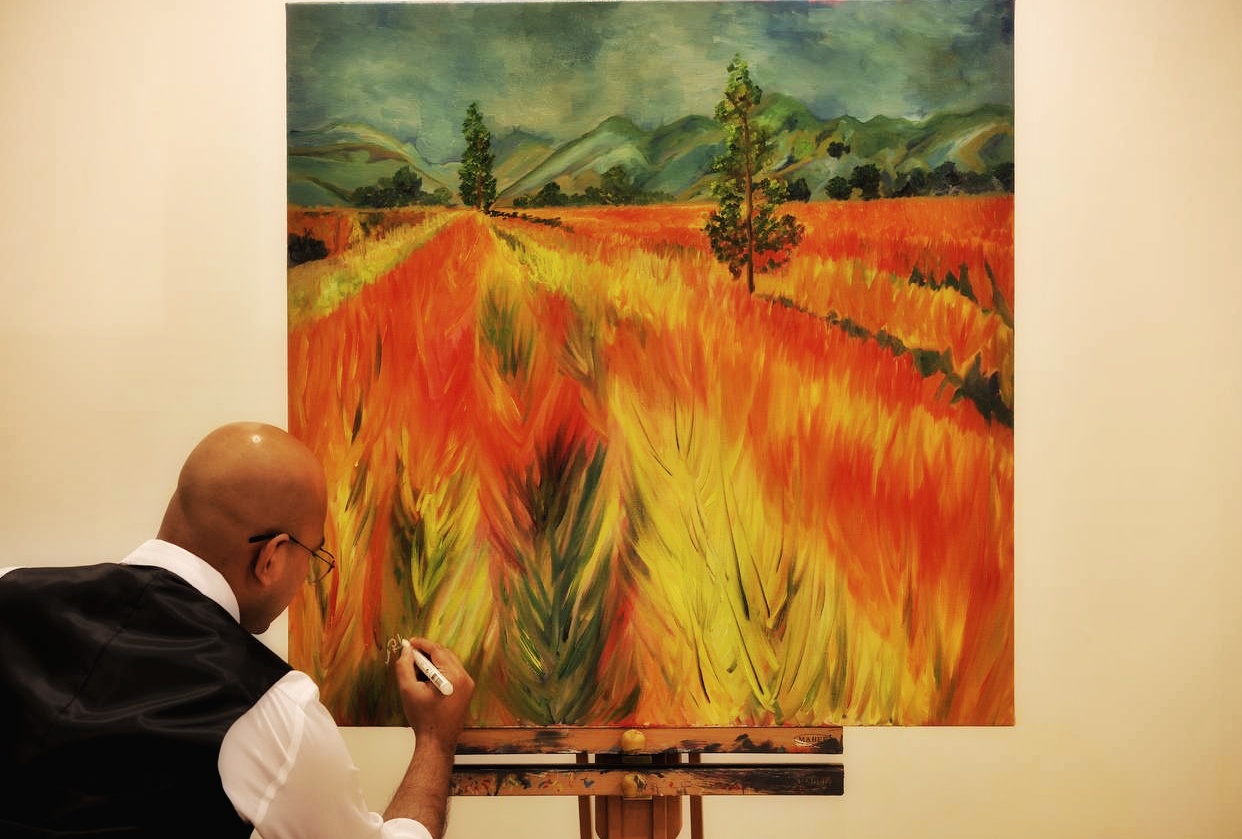
“The artist is the only one qualified to criticize his art because only the artist knows what he was trying to express and how satisfied he is with the attempt.”
- Ron Brackin
There's a balance between the liberty of making your personal art with attractiveness and judging that piece of work based on the thoughts of your expected outcome approximately the portray.
Many artists have a self-critiquing process of their own. I didn’t set out to develop a self-critiquing process for myself, but over time it just happened. The thing I realized as I pondered it is that this process has contributed to my growth as an artist. Today I will talk about a few points on how I critique my own art.
A critique is not negative: criticism is to be effective it desires to allow for growth forward rather than simply retreat and defeat. What you need is to observe your work and be honest about it – both the high quality and the terrible elements. There are always some of each. Be optimistic
This is a learning exercise: Learning from your mistake designates to contemplate all the things you could have done differently that might have given you a better outcome, and reasoning about which of those things would have been best to do, and preparing yourself to work better on your next project in the future. Finding things you don’t like about your work doesn’t mean that the piece is problematic – it could be wondrous! But a good artist always learns from others, from the world, and from themselves. Be open to what your own work can teach you.
“There's no such thing as good art or bad art. Art is popular or unpopular. What is banned in Boston may be bid on at Christie's.”
― Ron Brackin
Don’t forget to notice the positive: when we are our own critique, we only focus on pulling the problematic strings from the art. Our minds are incredibly powerful and have the ability to shape our reality. Everything we see, experience, and understand is filtered first visually and then mentally—so our thoughts can have a huge impact on the criticism we are making about our work. You need to know your own skills and abilities to have realistic understanding of what you’re capable of. This has an impact on your direction as an artist and on your future works.
Stand back from your work every so often: It helps to work standing up sometimes; otherwise, I tend to get lazy and resist taking a look from a distance.
Identify Areas for Improvement: Put your ego aside. What areas are weak and need improvement? Think big picture, not tiny mistakes.
Are there glaring issues?
Is anything too big or too small (perspective and scale)?
Do any colors look out of place (often meaning incorrect temperature or value)?
Is it uninviting and bland?
Is it faithful to the subject?
Once you identify a few areas for improvement, narrow down further to the root issues. Don't be vague. If the drawing looks off, why? Maybe you need to work on your dexterity and control. If a color looks out of place, why? Is it because you don't fully understand color, or is it because you don't know how to use it? Maybe you need to improve your color mixing skills?
Then, work on improving those areas. Read some books, do some exercises, focus on that weak area in your next painting. Give the weakness some of your attention, and it won't be a weakness for long.
Use Thumbnail Photos: While my work is in progress, I take photos of it with my cell phone. Then in my spare time, I browse through the photos. As I look at the photos, I’m subconsciously using the criteria above to self-critique what I see. The observations I make will certainly impact the next actions I take when I return to work on the piece.
Stare at The Work: I must admit it. I probably spend more time looking at my work than I spend actually working on it. I’ll often pull up a chair, sit down and simply stare at the work on my design wall. Sometimes I’ll stand far away at a distance and just stare at it. I’ll move around the studio and stare at it from different angles.
Emotions are okay: Some artists think that they’re only critiquing their work properly when they are being totally analytical about it. They think the emotional involvement they feel colors their approach in an inappropriate way. But the feelings work stirs in the viewer are a legitimate element to consider – the most powerful art reviews, after all, are those when you can feel the reviewer was genuinely moved by the works in question.
When critiquing your own work, you must try to remember what WOW factor attracted you to the subject in the first place, then look to see if you have captured that WOW factor in the painting, whether it be a color, tone, emotion or simply the composition.
Reference : https://claranartey.com/self-critiquing-your-artwork/
https://www.agora-gallery.com/artgalleryblog/how-to-critique-your-own-work-and-get-it-right/
https://drawpaintacademy.com/critique-your-art/
Register now to get updates on promotions and coupons.